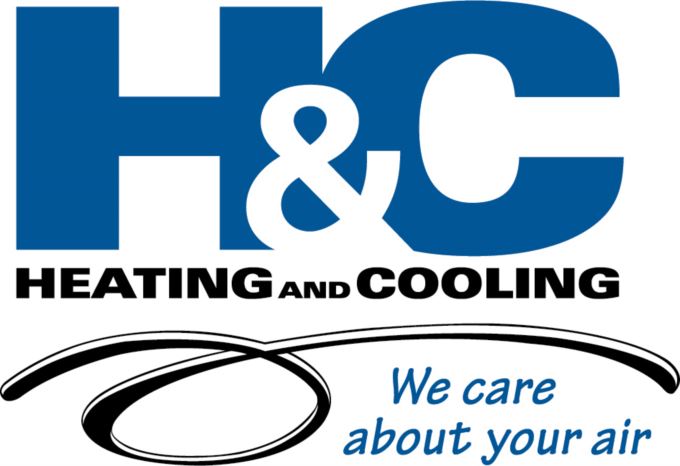
Ceiling fans are one of the most underrated ways to enhance comfort and cut energy costs. By boosting air circulation and supporting your HVAC system, ceiling fans and energy efficiency are truly a match made in heaven. They offer a cost-effective, cost-saving way to keep cool while easing strain on your AC—potentially sparing you from unnecessary air conditioning repair.
In this blog, the experts at H&C Heating and Cooling explain how ceiling fans can keep you cool while saving you money thanks to increased HVAC efficiency. We'll also share some HVAC efficiency tips that make the most of ceiling fans.
Comfort vs. Temperature: The Effect of the Wind-Chill Effect Indoors
Ceiling fans don’t actually lower the room temperature—they make your home more comfortable by increasing air movement across your skin. This is known as the wind-chill effect, and it can make a room feel up to 4 degrees cooler without adjusting the thermostat. That means you feel less hot and enjoy the benefits of indoor air circulation from your ceiling fan while relying less on your air conditioner—helping reduce your electric bill in summer.
The Best of Both: Benefits of Using Fans and Air Conditioning Together
There are several advantages to using ceiling fans and air conditioning in tandem, especially when it's very hot outside. By combining both, you increase HVAC efficiency and keep your home cooler with less work from your cooling system.
Top perks of using ceiling fans and AC together:
- Ceiling fans help lower HVAC load by spreading cool air more evenly throughout a room. Reducing HVAC stress is important, because it can save you from a breakdown that could result in premature AC or furnace installation.
- Using overhead fans improves your indoor comfort by getting rid of warm pockets and increasing airflow.
- Pairing ceiling fans and AC can reduce overall energy use. If you have a home automation system, you can even modify your smart thermostat settings to increase the temperature slightly while your ceiling fan is running.
Clockwise vs. Counterclockwise Ceiling Fan Rotation: What Direction to Spin in Summer and Winter?
To make full use of your ceiling fans year-round, it’s important to set the blades to rotate in the proper direction for the season. The direction affects how air circulates, which can either cool you down or gently recirculate warm air so you feel warmer.
When to spin ceiling fans counterclockwise
On hot days, ceiling fans should spin counterclockwise at a higher speed. This creates a breeze that forces cool air down, enhancing the wind-chill effect and making you feel cooler.
When it's best to spin ceiling fans clockwise
On cold days, set your fan to rotate clockwise on a gentle setting. This gently pulls cool air upward and draws warm air downward from the ceiling, helping you feel warmer without changing your thermostat.
How to Pick Out the Best Ceiling Fan for My Home
Picking the right ceiling fan depends on a few important details, including blade design, airflow rating and room dimensions. First, look for fans with a good blend of ECFM airflow and blade pitch to deliver efficient air movement in your home:
- ECFM is the amount of air a fan circulates—the cubic feet per minute, or CFM—per watt of electricity it uses. Fans with higher ECFM are more energy efficient.
- Blade pitch is the incline of the blades. A steeper blade pitch increases airflow but can also strain the motor.
Also, consider room size when sizing a ceiling fan—a fan that’s too small won’t move enough air, while one that’s too big may be overpowering for the room.
Boost Your HVAC Efficiency With the Team from H&C Heating and Cooling
At H&C Heating and Cooling, our HVAC experts can help you stay comfortable while minimizing wear on your heating and cooling systems. From energy-saving ceiling fan tips and air conditioning installation to smart thermostats and furnace repair, we offer comprehensive services that fit your lifestyle. Reserve your appointment by calling 301-235-2937 today.
